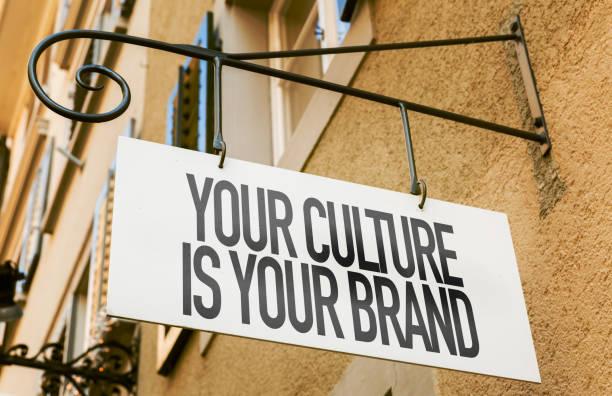YOUR CULTURE IS YOUR BRAND-How does the caste system still impact social interactions and opportunities in modern India? By Hugo Keji

The caste system in India, though officially abolished, still plays a significant role in shaping social interactions and opportunities. Here’s a detailed look at how it continues to influence various aspects of life in modern India:
1. Social Interactions
- Marriage and Relationships:
- Caste continues to be a critical factor in marriages, with a majority of Indians preferring to marry within their own caste. This preference is reinforced by family pressure and societal expectations. Inter-caste marriages are still met with resistance and can lead to social ostracization, violence, or honor killings in some cases.
- Social Segregation:
- In many rural areas, caste-based segregation persists, affecting where people live, eat, and interact. Even in urban areas, where social mobility is higher, informal caste networks can influence social circles, friendships, and community participation.
- Discrimination:
- Discrimination based on caste, though illegal, still occurs. This can manifest in subtle ways, such as exclusion from certain social functions or overt acts of discrimination like denying entry to temples or access to common resources.
2. Opportunities in Education and Employment
- Educational Access:
- While affirmative action policies (reservations) have improved access to education for historically marginalized castes (Scheduled Castes and Scheduled Tribes), disparities remain. Students from lower castes often face discrimination, bullying, and a lack of resources, which can impact their academic performance and future opportunities.
- Employment:
- Caste networks still play a role in employment, especially in the private sector. Jobs are often secured through connections, and individuals from higher castes have better access to these networks. Discrimination in hiring, promotion, and workplace treatment continues, though it may be more covert.
- Economic Inequality:
- Economic disparities are deeply tied to caste. Historically marginalized communities often lack land ownership and access to capital, perpetuating cycles of poverty. Despite some progress, higher castes generally have better economic opportunities and wealth accumulation.
AfriPrime App link: FREE to download...
https://www.amazon.com/Africircle-AfriPrime/dp/B0D2M3F2JT
3. Political Influence
- Caste-based Voting:
- Caste remains a significant factor in politics, with political parties often catering to specific caste groups to secure votes. Caste-based vote banks influence candidate selection, election strategies, and policy decisions.
- Leadership and Representation:
- Although there has been increased political representation of lower castes, leadership positions in many areas are still dominated by higher castes. This affects policy-making and the allocation of resources, often to the detriment of marginalized communities.
4. Legal and Institutional Challenges
- Implementation of Anti-Caste Laws:
- Despite laws against caste discrimination, enforcement is often weak. Victims of caste-based crimes, particularly in rural areas, face significant barriers in seeking justice, including police inaction, legal hurdles, and societal pressure to withdraw complaints.
- Reservation Policies:
- Reservation policies, aimed at improving opportunities for lower castes, are a double-edged sword. While they have enabled some upward mobility, they are also a source of resentment among upper castes, leading to social tensions and debates over their continuation.
5. Urbanization and Modernization
- Urban vs. Rural Divide:
- Urbanization has diluted some caste boundaries, as cities offer more anonymity and opportunities for social mobility. However, even in urban areas, caste-based biases can persist, often subtly influencing social interactions and career opportunities.
- Changing Attitudes:
- Younger generations, particularly in urban areas, are increasingly questioning and challenging caste-based discrimination. Social movements, education, and exposure to global ideas are fostering a slow but noticeable shift in attitudes, though deep-rooted biases remain.
Conclusion
The caste system's legacy continues to shape social interactions and opportunities in India, despite legal reforms and modernization. While progress has been made, especially in urban areas and through affirmative action policies, caste-based discrimination and inequality remain significant challenges. Addressing these issues requires ongoing efforts in education, legal reform, and societal change to ensure that all individuals, regardless of caste, have equal opportunities and rights.
AfriPrime App link: FREE to download...
- Questions and Answers
- Opinion
- Motivational and Inspiring Story
- Technology
- Live and Let live
- Focus
- Geopolitics
- Military-Arms/Equipment
- Security
- Economy
- Beasts of Nations
- Machine Tools-The “Mother Industry”
- Art
- Causes
- Crafts
- Dance
- Drinks
- Film/Movie
- Fitness
- Food
- Games
- Gardening
- Health
- Home
- Literature
- Music
- Networking
- Other
- Party
- Religion
- Shopping
- Sports
- Theater
- Health and Wellness
- News
- Culture

